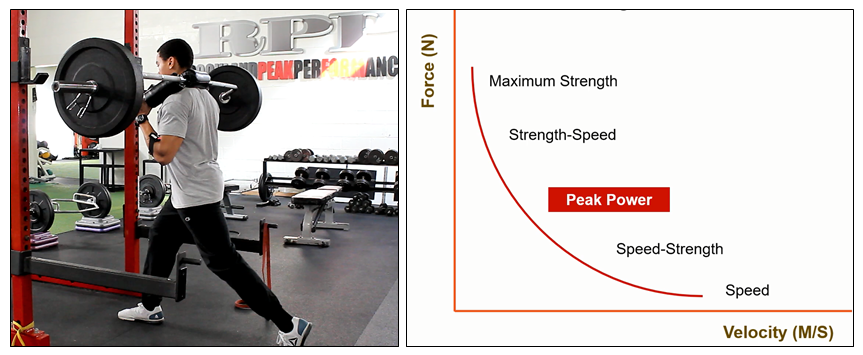
The underlying factor in all things powerful and explosive when it comes to performance is “STRENGTH”. It’s the foundation that athleticism is built on and there can be no better example of this than hitting a baseball and I don’t mean just making contact, I mean hitting the ball with power and… HARD! So, how to increase hitting power in baseball? Let’s read on…
Continue reading “How to Increase Hitting Power in Baseball”










